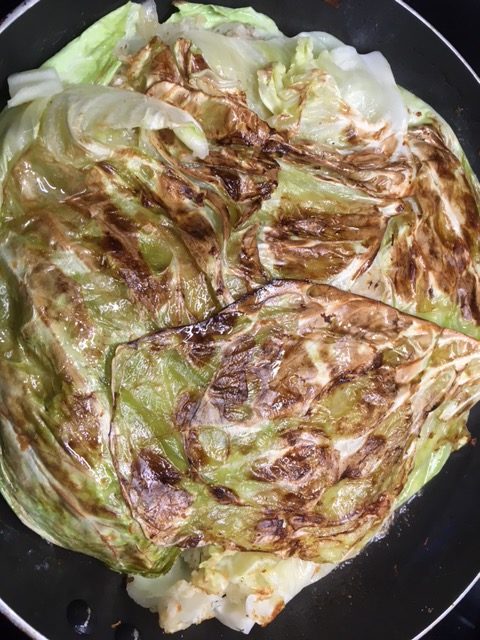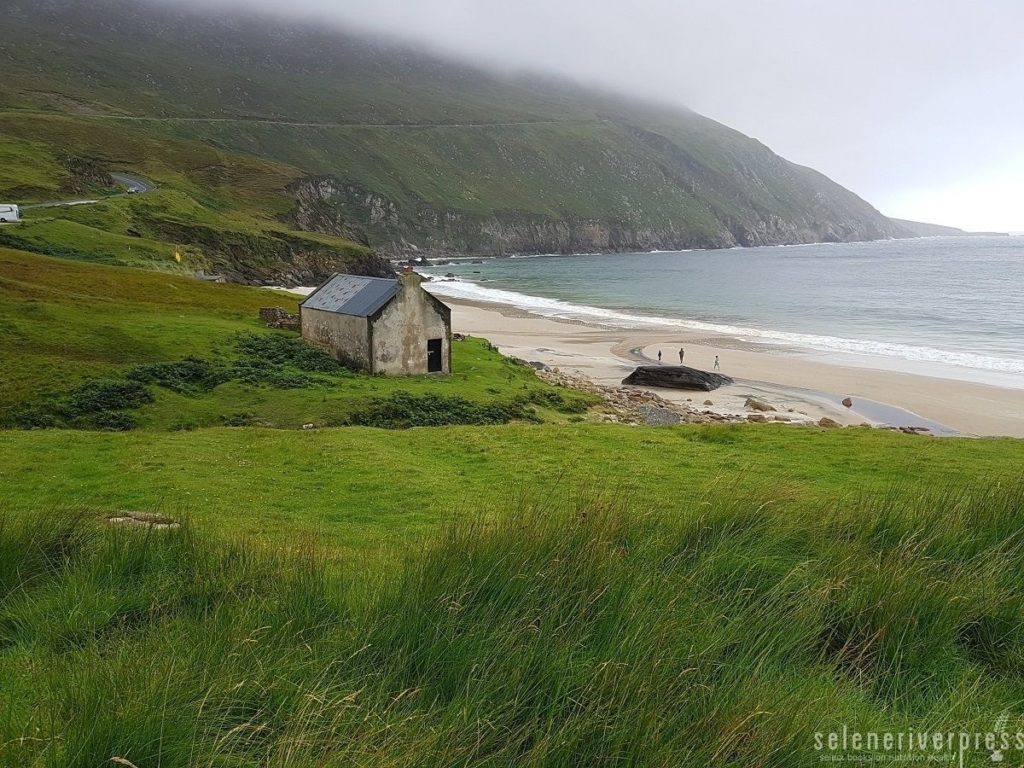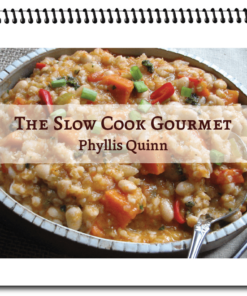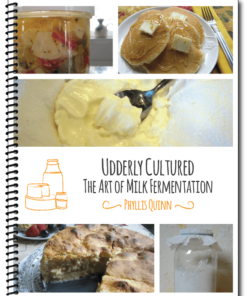I married an Irishman whose mother was from County Kerry and whose father was from Thurles, Tipperary. (Now that’s a county you’ve heard of.) I was married to my husband Bill for nearly 56 years—almost as many times as I made corned beef and cabbage for our St. Patrick’s Day tradition.
Each year, I would also make the Irish soda bread that my family loved. However, I preferred the recipe handed down by the Cliffords of County Kerry over the one from the Quinns of Tipperary. Some years I also made Irish apple cake—from yet another recipe given to me by my mother-in-law, Mary—but that’s another post just waiting to be written.
I was recently bombarded with questions about the cabbage and potato part of the time-honored recipe for colcannon. It brought to mind how cabbage smells up the house—as anyone who once lived in the east end of Boston or 86th Street in New York City can attest. I recall how the aroma, any time of the year, would permeate through apartment buildings, even out to the staircases.
I’m happy to say that these questions are familiar and easy to answer: Do I have to boil the cabbage? Will the potatoes get the cabbage flavor I want without cooking them together? The simple answers are no and yes.
Before I go on, let me dismiss two myths about Irish cooking. First, beef was not plentiful in Ireland during my mother-in-law’s time. From what she told my husband, they all kept pigs and fed them well so that the family would have something to eat over the long, damp Irish winter.
And they used all of the pig—the bacon, pig’s feet, spareribs, even the snout and tail. The better cuts like ham were saved for Sunday dinners while the rest was pickled, preserved, or brined, then made into sausages, head cheese, and blood puddings. Yes, everything was used.
Mary explained that they never ate corned beef on St. Paddy’s Day back then. Indeed, she thought beef for eating came later to Ireland, though they did keep dairy cows for excellent butter, cream, and cheeses. Rather than beef, on St. Paddy’s Day the poor among them would prepare a smoked pork shoulder while the wealthy would eat a smoked leg portion (ham as we know it).
It is also a myth that the cabbage and potatoes in colcannon must be boiled in the same pot. Nothing is further from the truth. Potatoes and cabbage keep well in a root cellar. They are ubiquitous and always on hand in Ireland. In fact, my sister-in-law Rose, who was from Belfast, told me that she ate potatoes for three meals a day as a child, and there was no meat for as long as she could remember.
This recipe for colcannon, passed to me from my County Kerry-born mother-in-law, is the best I’ve ever tasted.
The Best Colcannon
Chef’s note: You may serve this alongside your corned beef or pork shoulder, or alone. It’s delicious as a main entree or a side dish, and your kitchen won’t smell like sulfur or have that boiled cabbage smell. Although, on second thought, I’m thinking that’s not so bad.
Ingredients
4 large potatoes, peeled
Milk, sea salt, and butter to taste (for the potatoes)
1 yellow onion, diced
1 cup shredded cabbage
2 tablespoons oil
6 tablespoons good Irish butter, divided
8-plus large, whole cabbage leaves, stems removed
½ teaspoon ground thyme (optional, but I find the potatoes love it)
Special equipment: A 10- or 12-inch well-seasoned cast iron or stainless-steel skillet
Instructions
- Preheat oven to 400°F.
- Prepare the mashed potatoes: boil the peeled potatoes until knife-tip tender, then mash until smooth. Add milk, sea salt, and butter to taste. Sauté onion and shredded cabbage together in a pan, then stir into the mashed potatoes. Set mixture aside.
- Grease skillet with the oil and 4 tablespoons of the butter.
- Overlap a few the whole cabbage leaves in the bottom of the skillet to form a bottom layer.
- Spoon the prepared potato-onion-cabbage mixture and the thyme, if using, into the leaves.
- Top with the remaining whole cabbage leaves. Dot with the remaining 2 tablespoons of butter.
- Fry until the leaves turn crunchy and brown slightly. Flip it and brown on the other side. (It’s okay if it breaks up.)
- Place in the oven for 10 minutes to heat it through. Cut into 6 or 8 slices and serve immediately on hot plates.
Image from iStock/Meirav Ben Izhak (main). Post image from Barbara (Bobbie) Stadler.




